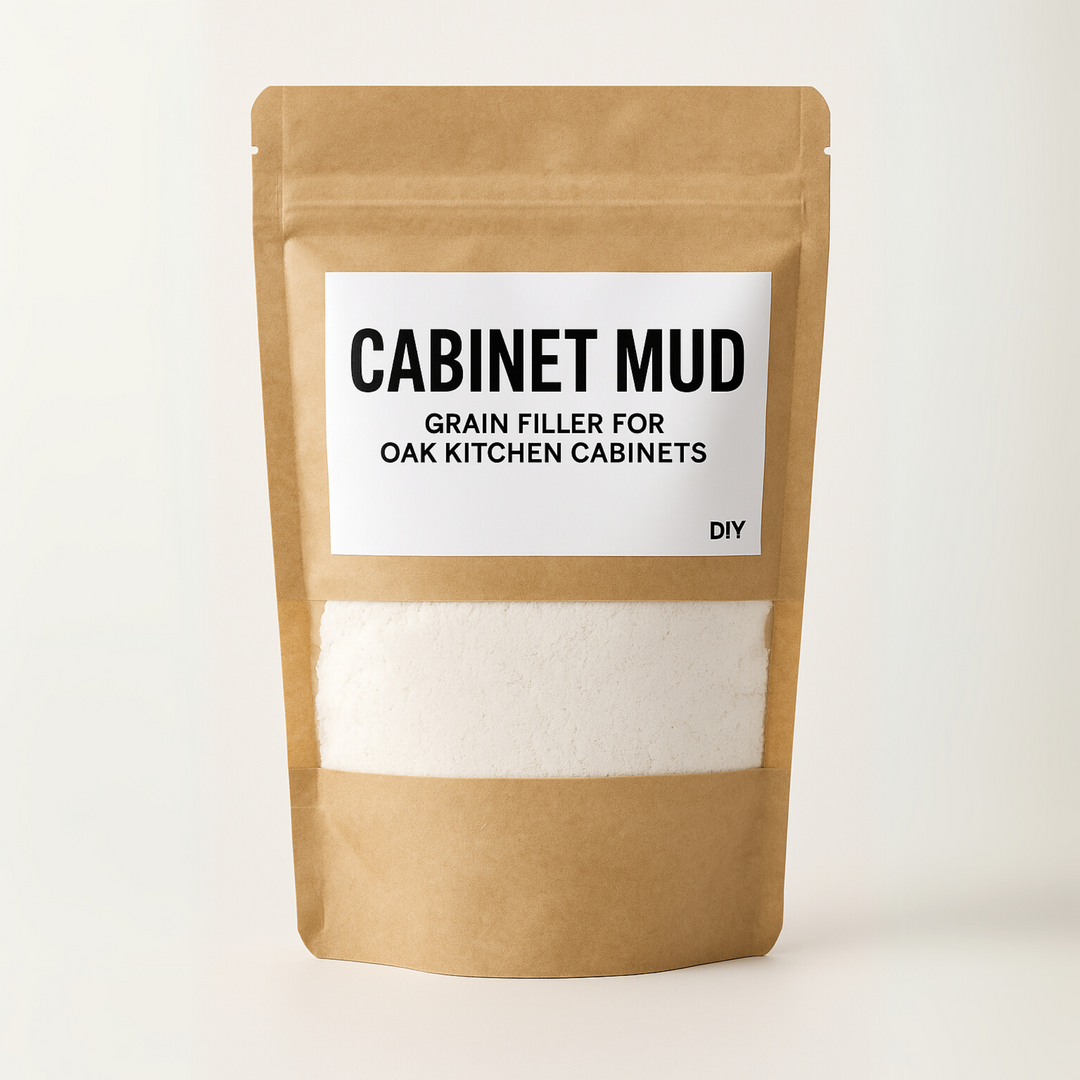Kitchen Cabinet Guide Part 2: Paint & Primer
As you’re planning out your kitchen cabinet painting project, you’re going to have to decide on what brand and type of primers and topcoats you’re going to use.
The problem is there are so many options, it can feel overwhelming trying to choose the right one.

Lucky for you, I’ve used just about every product for cabinets there is and I have some opinions to share!
(Note: I use “topcoat,” “enamel,” and “paint” interchangeably to refer to the top layers of paint on this project.)

Want the “factory finish” look? In my Paint Like a Pro Plan I show the exact primer + paint system I use on real jobs, with spray settings, dry times, and problem-solving.
Watch Free TrainingYour Health is Priority #1
Historically, water-based finishes didn’t look as good or hold up as well as oils and lacquers. The problem with using oils and lacquers is that they have incredibly high VOC content.
VOCs (Volatile Organic Compounds) in paint are chemicals that evaporate releasing harmful gases. They can cause health issues like headaches, dizziness, and respiratory problems as well as cause harm to our environment.
Fortunately, modern water-based primers and enamels don’t just keep up with the oils and lacquers but actually outperform them when it comes to looks and durability.
Oil and lacquer-based paints typically have a VOC content of 250–500 grams per liter while water-based paints range from 0–50 grams per liter. This isn’t just better for your health, but your home will smell so much better too!

With low VOC paints, you'll often see me spraying while wearing an N95 mask to block paint particles rather than a full face respirator with organic vapor cartridges.

Cabinet Prep – Cleaner/Deglosser
Step one for health & adhesion: remove grease, silicones, and residues so your primer bonds like it should.
Shop Cabinet PrepChoosing Your Primer
There are two main things to consider when choosing a primer: bonding and blocking.
First, you need your primer to bond to the surface you are painting as well as bond to the topcoat you use after the primer.
Second, you need the primer to block any staining from the surface you’re painting.
Below are four great general-purpose primers that I use quite often that handle both bonding and blocking well. I use these primers when painting over previously painted cabinets or when I’m painting oak cabinets where the old finish is still in great shape.
- Zinsser Smart Prime – Reliable bonding and stain blocking; levels nicely for a smooth topcoat.
- INSL-X Stix – Excellent adhesion to slick surfaces (thermofoil, varnish, factory finishes).
- Sherwin Williams Premium Wall and Wood Primer – Versatile, sands easily, good for repaints.
- Behr Kitchen, Bath and Trim Primer – Big-box option with solid bonding in clean, prepped kitchens.
However, sometimes, a more specific primer is needed…
When I paint oak cabinets that are unfinished new wood or if I’m repainting oak cabinets where the old finish is in terrible condition, I need a primer that will block the tannins from bleeding from the oak through my primer. In these cases, I go with Sherwin Williams Extreme Block Primer. I’ve found this primer blocks oak tannins really well.
When I am painting cabinets that have a surface where I am extra concerned about bonding, I’ll go with Sherwin Williams Extreme Bond Primer to ensure the best adhesion possible.
Pro Result on Oak: Primer can’t “fill” deep pores. For that glass-smooth finish under your enamel, Cabinet Mud (grain filler) first, then primer. This prevents telegraphing and lets Satin or Semi-Gloss shine.

Cabinet Mud – Grain Filler
My go-to for oak. Smooths pores before primer so your topcoat looks truly professional.
Shop Cabinet MudChoosing Your Topcoat
Thankfully, choosing a topcoat is significantly easier than choosing a primer. That’s because today, most enamel topcoats from all the major brands are incredibly durable and all look fantastic. But, I still do have my favorites 😁
My #1 Choice: Benjamin Moore’s Advance - Satin Sheen

Advance from Benjamin Moore looks fantastic when complete, it’s incredibly durable, has a low VOC content, and sprays, brushes, and rolls really well!
My #2 Choice: Sherwin Williams Emerald Urethane Trim Enamel

Sherwin Williams has the longest names for all their paints! But, they make some great stuff! Emerald Urethane Enamel is a beautiful product that brushes, rolls, and sprays very easily. Its only downside is that its list price is around the triple digits in many markets (BM Advance is often lower). Hopefully, you can catch it on sale!
Pro Tips: Primer & Topcoat
- Prep first: Clean/degloss with Cabinet Prep, then sand and dust control. Prep is 80% of the finish.
- Oak needs fill: Use Cabinet Mud before primer so pores don’t telegraph through your enamel.
- Bonding vs blocking: Tough surface? Choose an adhesion primer. Fresh oak or damaged finishes? Use a strong stain-blocking primer.
- Test panel: Spray/roll a sample door to confirm dry times, build, and sheen in your lighting.

See my full cabinet painting system.
From cleaning & adhesion to grain fill, primer choice, and topcoat technique — it’s all inside the DIY Cabinet Painting Course.
Start Free LessonI know it’s a lot, but I hope this all helps when you start picking out your paint and primer.









